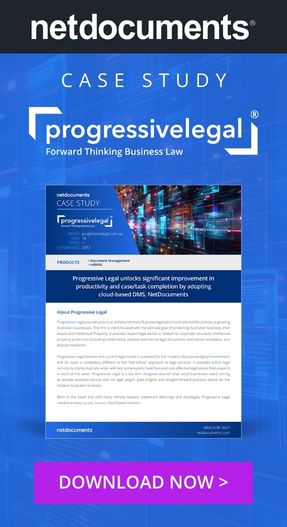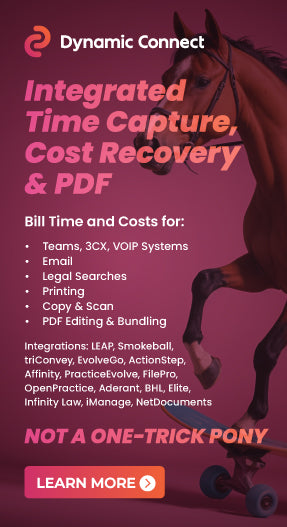
Navigating Technology Debt: Strategies and Solutions
The legal industry, traditionally resistant to change, is now undergoing a digital revolution. Corporate legal departments are increasingly scrutinising the technological capabilities of their law firms, prompting these firms to increase their technology investments. Clients are demanding greater efficiency and transparency, while law firms are struggling with outdated technology. The issue, known as "technology debt," is a growing concern across firms of all sizes.
Technology Debt Challenges
Legacy systems become cumbersome and expensive to maintain, hindering innovation and a firm's ability to adapt to the evolving legal landscape. Technology debt refers to the accumulation of technical shortcuts and workarounds implemented to meet short-term goals. These decisions may seem efficient initially, but they create long-term problems for law firms and can manifest in several ways:
- Obsolete Software: Programs that no longer receive updates or support, causing operational inefficiencies and risks of redundant processes and procedures.
- Fragmented Systems: Multiple, unintegrated systems lead to duplicated efforts and data silos.
- Manual Processes: Reliance on non-automated workflows that could be streamlined with modern technology.
- Inadequate Security Measures: Older systems that fail to meet current security standards, leaving sensitive client data vulnerable.
Consequences of Neglect
Ignoring technology debt can have severe consequences for law firms. These issues result in increased costs, reduced productivity, and potential compliance risks, making it imperative for law firms to address technology debt proactively.
Key drawbacks:
- Reduced Productivity: Outdated systems slow down workflows, hindering collaboration and increasing time to complete tasks. The McKinsey Global Institute estimates that current technologies could automate approximately 23% of an attorney's tasks and 69% of a paralegal's tasks. Automating these administrative tasks would free up valuable time, allowing lawyers and paralegals to focus on more value-added work. Thus, investing in and keeping up with technological advancements is vital for any law firm.
- Security Vulnerabilities: Legacy systems often contain security vulnerabilities, putting client data at risk. According to the 2023 ABA Cybersecurity Tech Report, 29% of law firms experienced some form of security breach.
- Limited Innovation: Law firms burdened with technology debt struggle to adopt new technologies that can improve efficiency and client service.
- Client Dissatisfaction: Clients expect a seamless experience, and outdated technology can lead to frustration and dissatisfaction.
Addressing technology debt is essential for maintaining productivity, ensuring security, fostering innovation, and meeting client expectations.
Strategies for Modernisation
Retiring technology debt is a complex but essential process for law firms to stay competitive. By taking proactive steps to modernise their infrastructure, law firms can not only shed the burden of the past but also unlock a new era of efficiency, innovation, and client service.
Law firms can effectively retire their technology debt, enhance productivity, improve security, and better meet client expectations by following these strategies:
- Conduct a Technology Audit: Begin by understanding the scope of the problem. A comprehensive audit will identify outdated systems, assess security risks, and pinpoint areas for improvement.
- Develop a Modernisation Plan: Based on the audit findings, create a strategic plan that prioritises investments in new technologies. Consider cloud-based solutions, automation tools, and data analytics platforms.
- Embrace Change Management: A successful technology transformation requires buy-in from all levels of the firm. Invest in training and communication to ensure everyone understands the benefits of modernisation. Involve key stakeholders, including lawyers, IT staff, and administrative personnel, in the planning process to address their needs and foster buy-in.
- Invest in Modern Solutions: Invest in integrated, modern solutions that address identified gaps and inefficiencies. Cloud-based platforms offer flexibility, scalability, and reduced maintenance burdens.
- Training and Support: Provide comprehensive training and support to ensure a smooth transition and adoption. Continuous education on new technologies and best practices can help maintain momentum and maximise benefits.
- Continuous Improvement: Technology is ever-evolving. Establish a culture of continuous improvement where technology and processes are regularly reviewed and updated to stay ahead of emerging trends and threats.
Investing in Future
Retiring technology debt is not just about fixing the past; it's about investing in the future. The journey may be complex, but the rewards are well worth the effort:
- Improve Efficiency and Profitability: Streamlined workflows and automation tools free up valuable time for lawyers to focus on billable work.
- Enhance Client Service: Modern technology enables better communication, collaboration, and access to information, resulting in a more positive client experience.
- Boost Innovation: Law firms with modern technology are better positioned to adopt new tools and services, keeping them ahead of the competition.
Embrace the challenge and pave the way for a more agile, secure, and innovative future.







